Explore All
BROWSE BY CATEGORY
Interior
Exterior
Home Essentials
Homeowner Tools
Blogs & Guides
Find a Pro
Book Your Appointment Now
Home Essentials
About Renovize Home
Explore All
BROWSE BY CATEGORY
Interior
Exterior
Home Essentials
Homeowner Tools
Blogs & Guides
Find a Pro
Book Your Appointment Now
Home Essentials
About Renovize Home
Last Updated on October 10, 2025
Your gutter system collects rainwater from your roof, but it’s the downspouts that carry this water safely away from your foundation. Properly installed downspouts prevent flooding, foundation cracks, soil erosion, and water damage to landscaping. With the right downspout installation, your home is safeguarded from expensive repairs, while maintaining the integrity and aesthetics of your property.
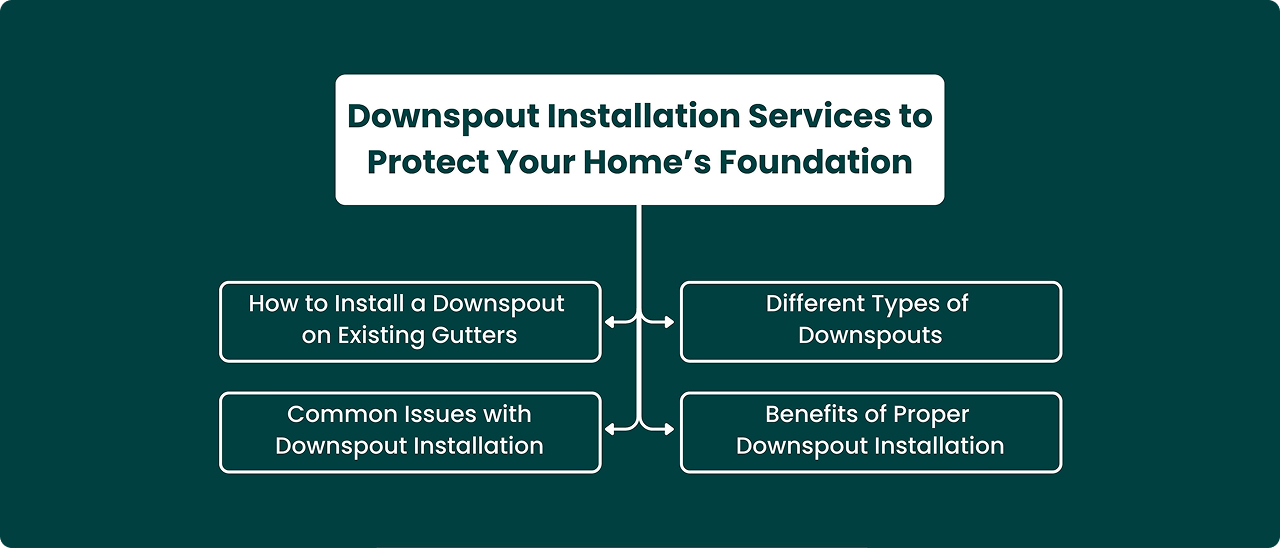
Table of Contents
What is Downspout Installation?
Why Proper Downspout Installation is Crucial for Your Home
Different Types of Downspouts and Gutter Downspouts
Choosing the Right Downspout for Your Gutter System
Common Issues with Downspout Installation and How to Avoid Them
How Much Does it Cost to Install Downspouts and Gutters?
Custom Downspouts vs Standard Downspouts: Which is Right for You?
Professional Downspout Installation vs DIY: Which is Best?
How to Keep Your Downspouts in Top Condition
Downspout installation involves attaching vertical pipes to your gutter system that guide water safely away from your home. This process is essential because even the best gutters can fail if water isn’t directed correctly. Whether you’re considering gutter downspout installation or wondering how to install a downspout, understanding the purpose of these pipes is the first step toward effective water management.
Incorrect downspout placement can lead to water pooling near the foundation, soil erosion, and basement flooding. Proper downspout installation ensures that rainwater is diverted away from vulnerable areas, protecting your home from long-term structural damage and costly repairs. Well-placed downspouts for gutters are especially vital in regions with heavy seasonal rain.
Installing a downspout on an existing gutter system is straightforward if done carefully:
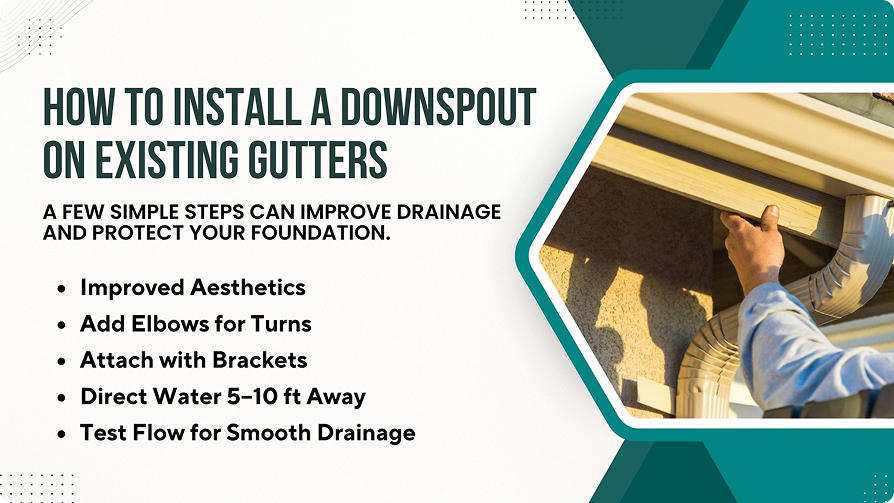
Downspouts are essential for directing water away from your home’s foundation, and they come in a variety of materials and designs to suit different architectural styles, weather conditions, and homeowner preferences. Choosing the right type ensures proper drainage, durability, and visual appeal.
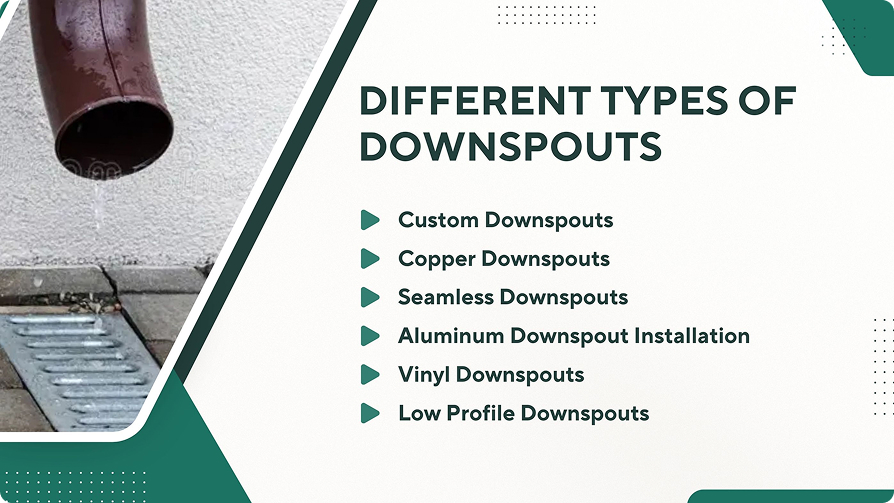
The choice of downspout depends on gutter material, roof size, and home aesthetics. Consider these factors:
Downspout extensions help carry water further from your foundation, reducing erosion and preventing flooding. Proper installation ensures optimal water management and protects your home’s structural integrity.
Downspouts can fail if installed incorrectly, leading to water damage and foundation issues. Here are the most common problems and how to prevent them:
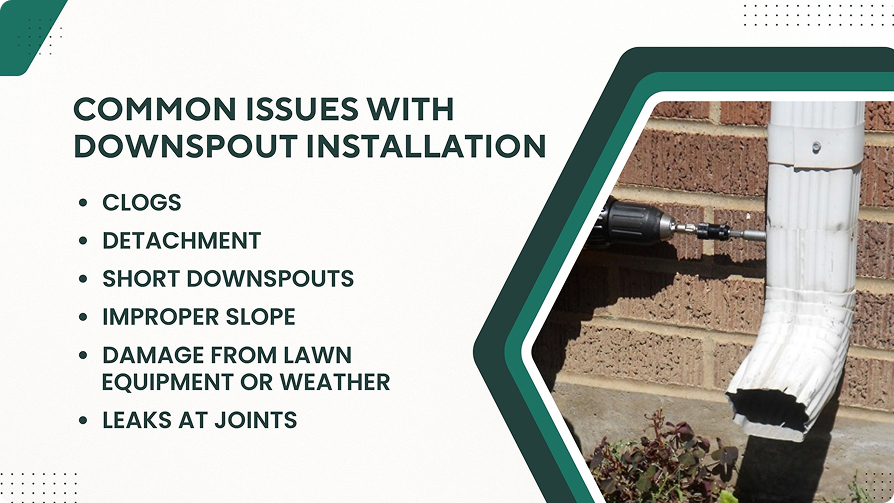
Properly installed downspouts do more than direct water—they safeguard your home’s foundation, landscaping, and overall structural integrity. Ensuring the correct placement and installation of downspouts helps prevent costly water damage while maximizing the lifespan of your gutter system.
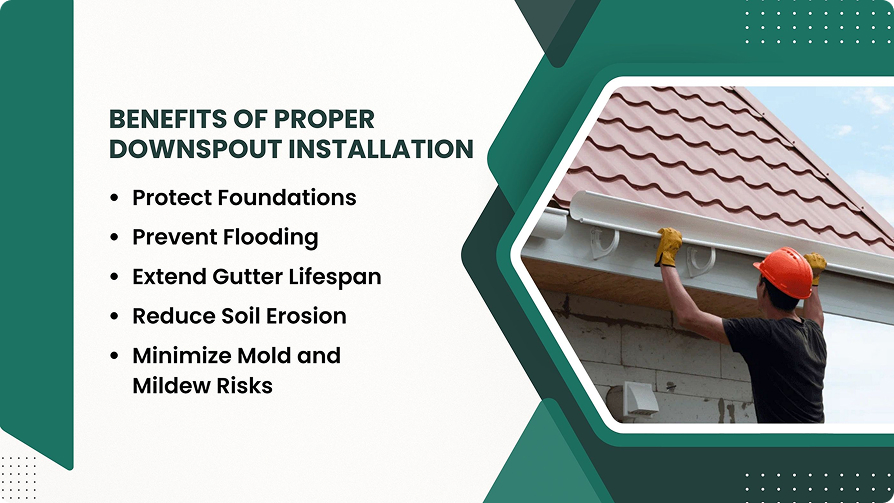
The cost of installing gutters and downspouts varies by material, length, and installation complexity:
Cost to Install Downspouts and Gutters
| Material | Cost per foot |
|---|---|
| Aluminum | $5 – $7 |
| Copper | $10 – $12 |
| Vinyl | $4 – $6 |
Installation cost typically ranges $5 – $10 per foot. Factors like roof height, number of downspouts, and custom fittings will influence the final price.
The cost of downspout installation can vary widely depending on several key factors. Understanding these elements can help homeowners plan their budget and choose the right materials and installation method for their home.
Cost to Install Downspouts and Gutters
| Factor | Description / Impact on Cost |
|---|---|
| Material Type | Aluminum, copper, or vinyl—each has different price points and durability. |
| Downspout Length and Elbows | Longer runs or multiple bends increase material and labor costs. |
| Labor Complexity | Multi-level roofs or difficult terrain require more skilled labor. |
| Custom Features | Special designs, seamless options, or decorative finishes raise costs. |
| Accessibility | Hard-to-reach areas may need extra equipment, increasing labor charges. |
Custom downspouts are tailored to your home’s exact roofline, reducing leaks and improving water flow. Standard downspouts are pre-fabricated and may require adjustments, which can lead to inefficiency. For homes with complex roofs or heavy rainfall, custom gutter downspouts are often the most reliable and long-lasting choice.
Cost to Install Downspouts and Gutters
| Feature | Custom Downspouts | Standard Downspouts |
|---|---|---|
| Fit | Tailored to your roofline, perfect fit | May require trimming or adjustments |
| Efficiency | Optimized for water flow, fewer leaks | Can have gaps, reducing drainage efficiency |
| Durability | Made to last with premium materials | Less durable depending on adjustments |
| Maintenance | Low maintenance due to precise design | May require more frequent fixes |
| Appearance | Sleek, seamless look, complements home | Standard look, may appear less polished |
While DIY installation can save money, professional downspout installation services ensure proper alignment, secure mounting, and long-term durability. Professionals also account for slope, drainage, and integration with other gutter components.
Regular maintenance is key to preventing clogs, leaks, and overflow. Properly maintained downspouts enhance the performance of your entire gutter system, protecting your home and landscaping from water damage.
Proper downspout installation is essential for protecting your home from water damage, foundation problems, and soil erosion. By selecting the right materials, ensuring correct slope, and performing regular maintenance, you can maximize the efficiency and lifespan of your gutter system. Whether you choose custom or standard downspouts, a well-installed system safeguards your property, reduces costly repairs, and keeps your home and landscaping in top condition. Investing in professional installation and routine upkeep ensures long-term peace of mind and effective water management for your home.
Most homes need one downspout for every 20–40 feet of gutter. If your roof is large or you live in a heavy-rainfall area, adding extra downspouts ensures proper drainage and prevents overflow.
Yes. Downspouts can use 45° or 90° elbows to navigate around windows, porches, or landscaping. However, fewer bends mean smoother water flow and less chance of clogging.
Above-ground downspouts are easier to clean and inspect, while underground extensions move water farther from the foundation. The best option depends on your yard slope and drainage setup.
Aluminum is the most popular for its rust resistance and affordability. Copper offers unmatched durability and style, while vinyl is budget-friendly but less weather-resistant.
You can if they’re in good condition and match the new gutter size. But if they’re rusted, dented, or mismatched, replacing them ensures better performance and fit.
If water spills over your gutters or pools near your foundation even during light rain, your downspouts may be too small or too few. Upgrading to larger 3x4-inch models often fixes this issue.
Ideally, at least 3–5 feet from the foundation on a downward slope. In flat yards, adding an extension or splash block helps prevent water from seeping back toward the home.
Join our mailing list for exclusive updates, expert tips, and special offers tailored to your needs. Be the first to know about the latest in home services.
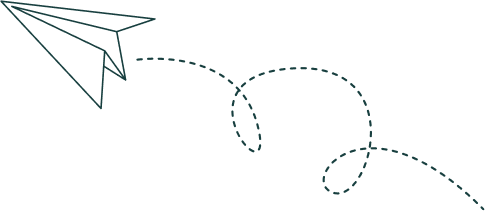

Renovize Home is a platform that supports homeowners from planning to renovation. Whether it’s Renovize AI for guidance or a one-on-one call with Pro Finder, we understand your project and match you with local contractors tailored to your needs.
Who We Are
About Renovize HomeGet in TouchHomeownwer Support:
Coming Soon!
General Inquiries:
support@renovizehome.com
Head Office:
24 Greenway Plaza, STE 1800M, Houston, TX 77046.